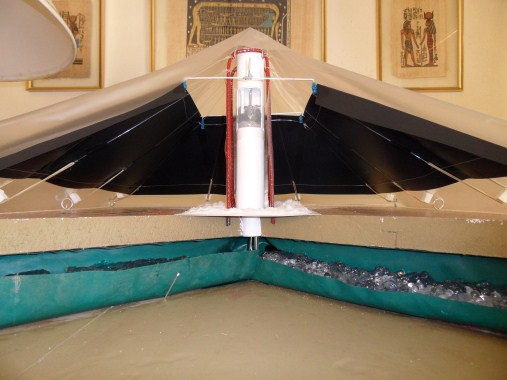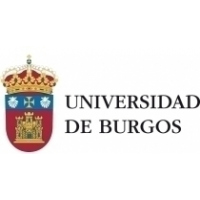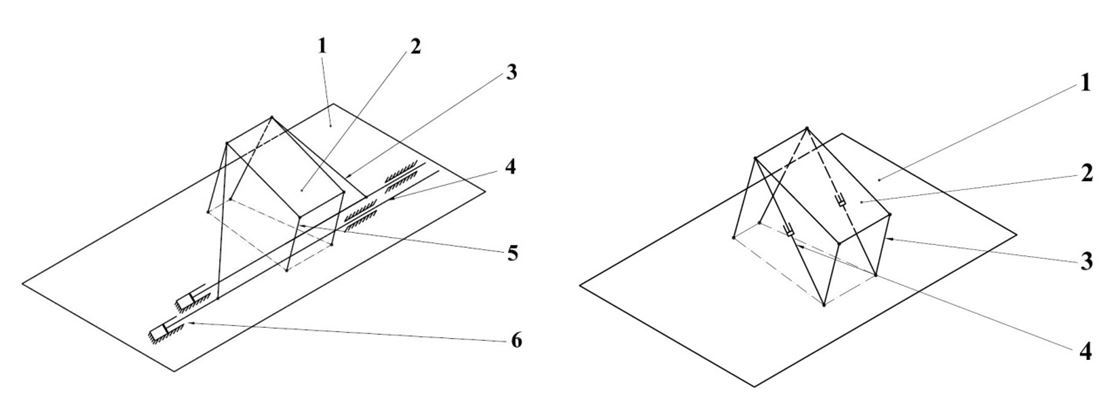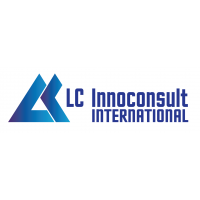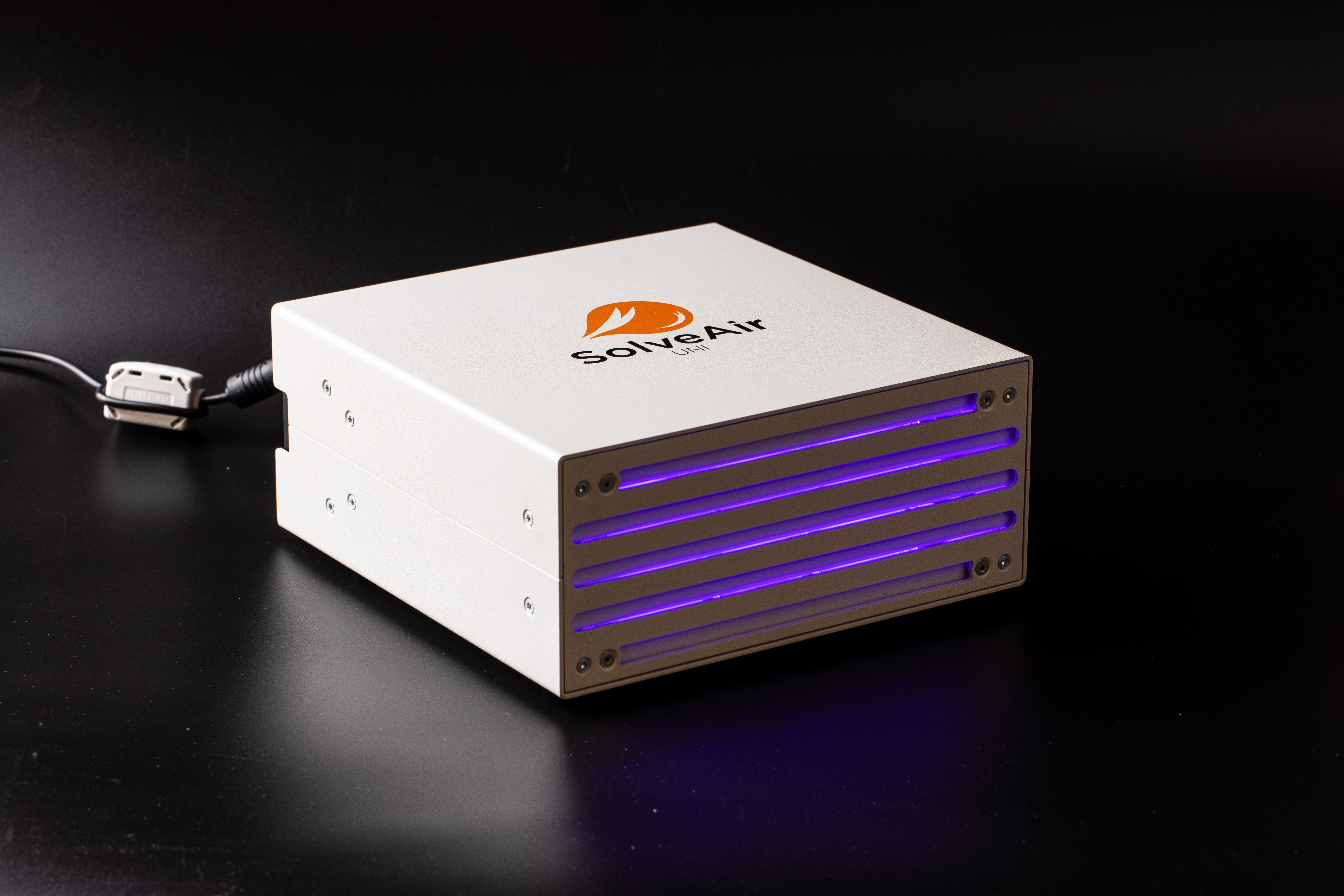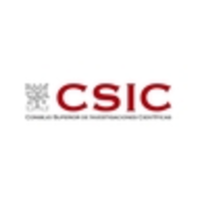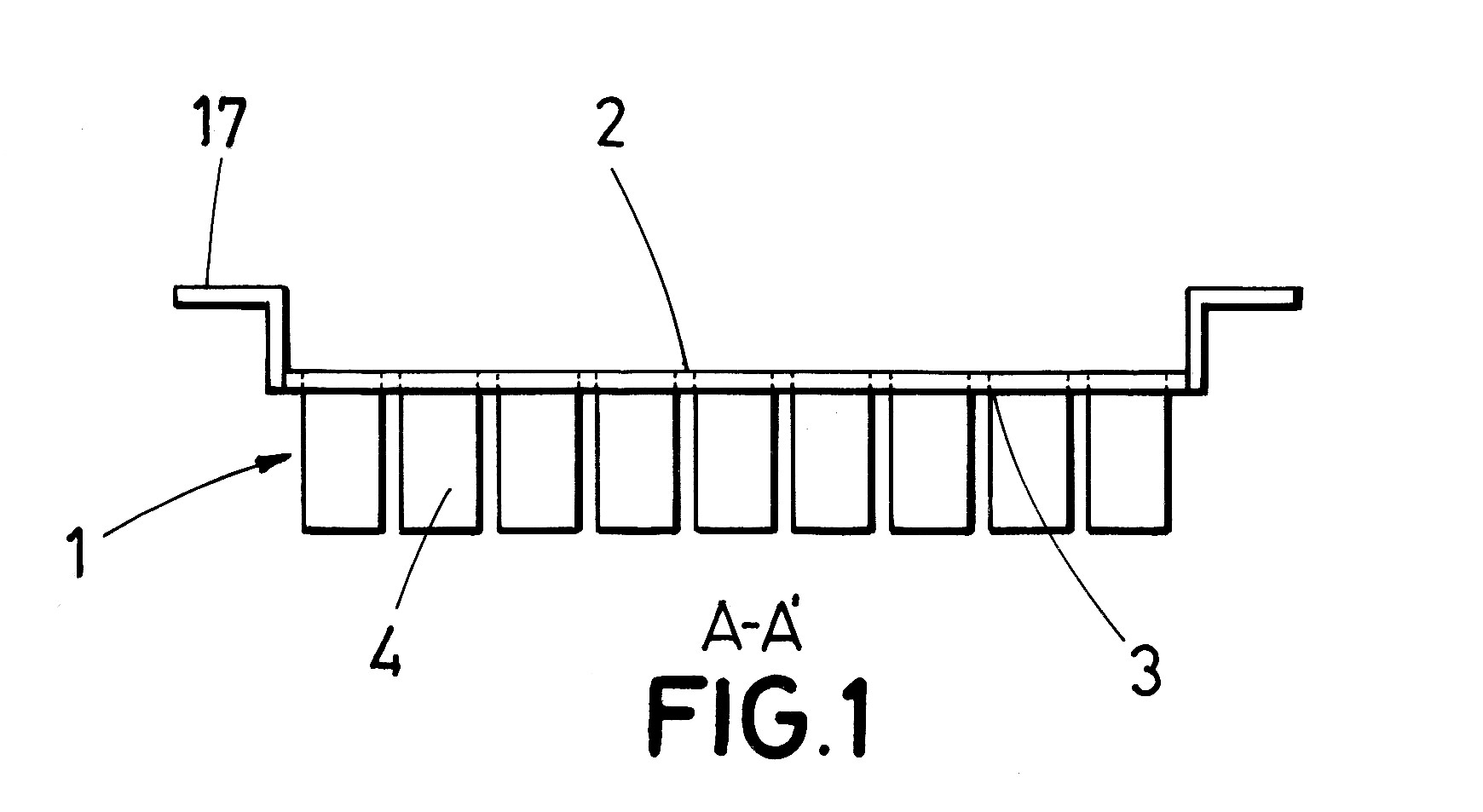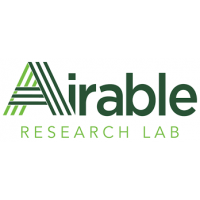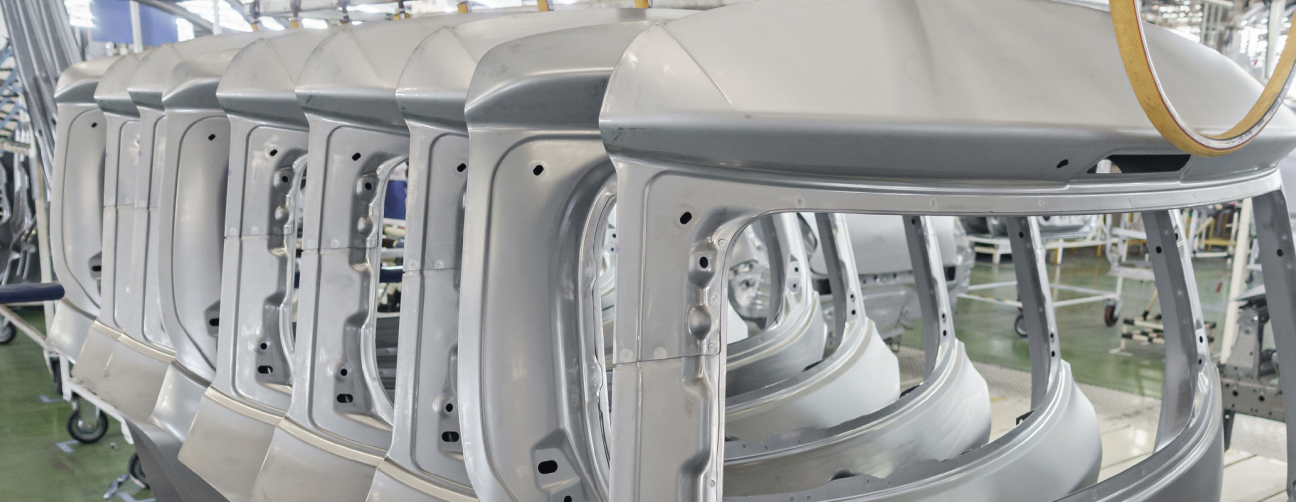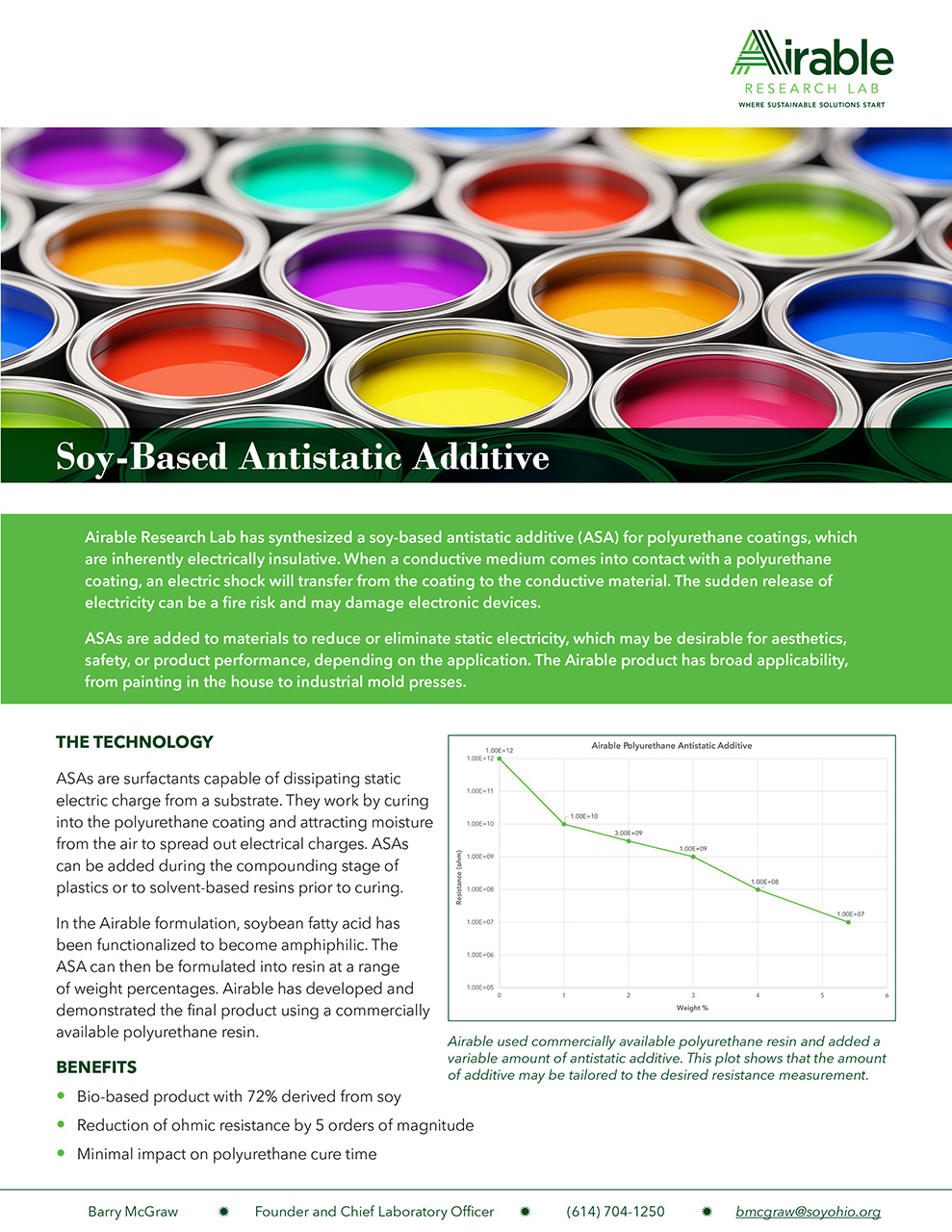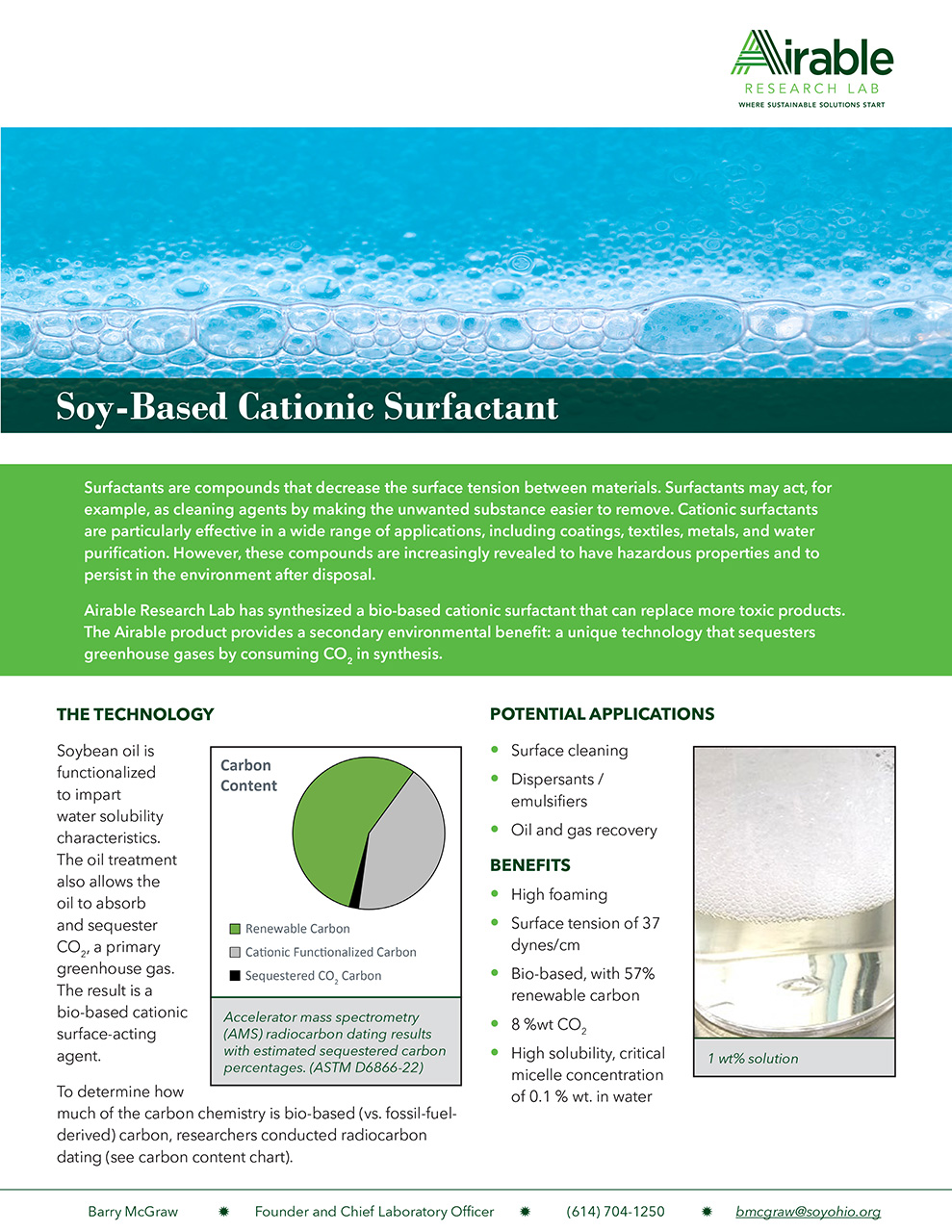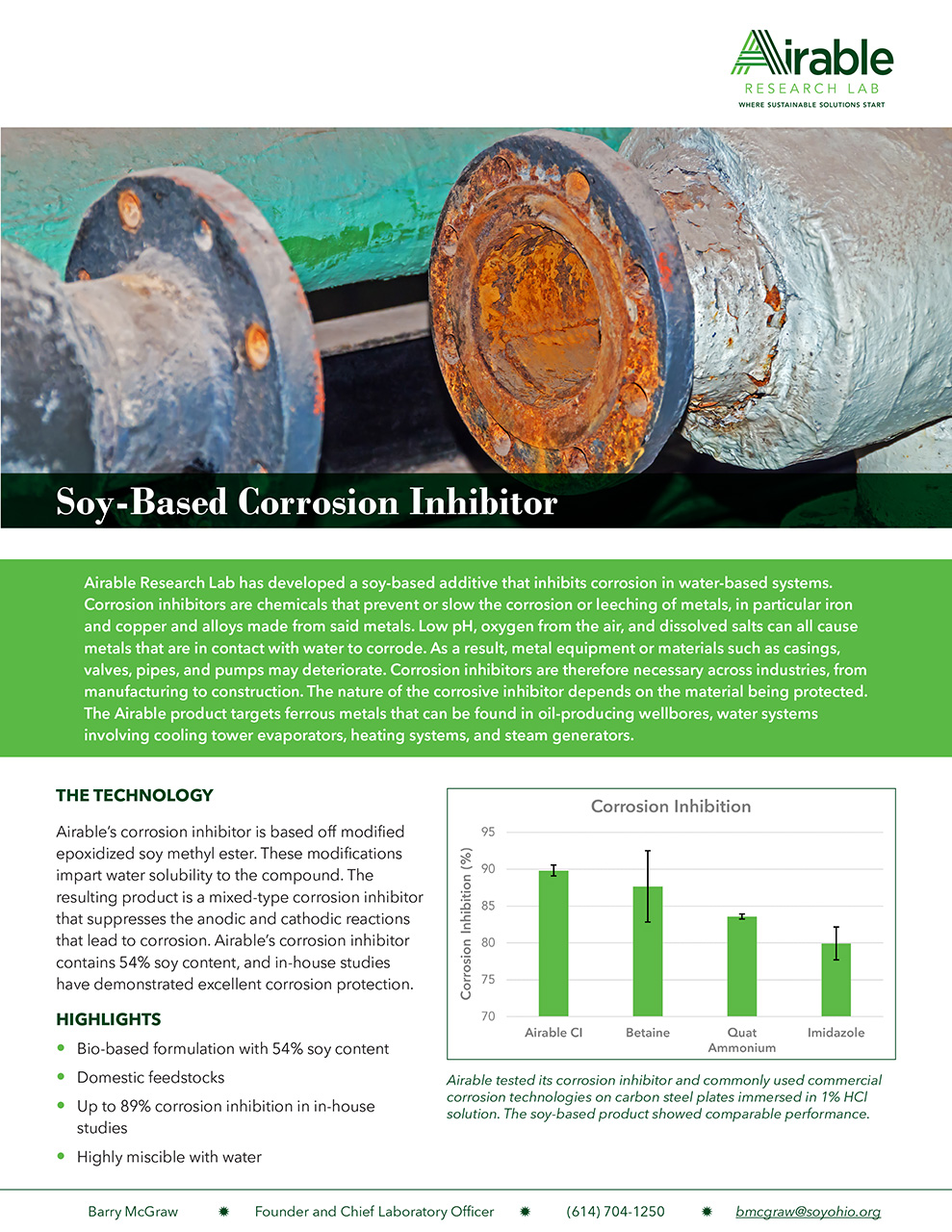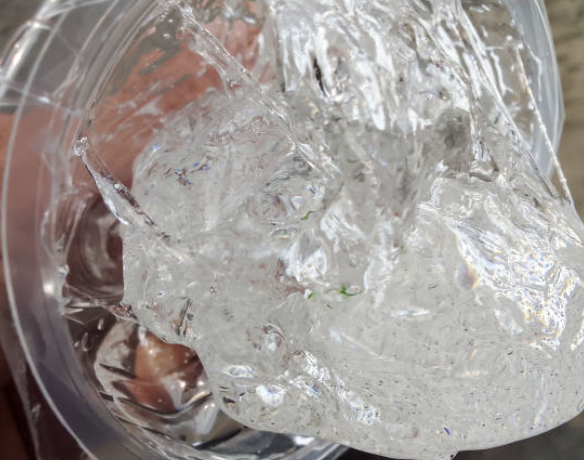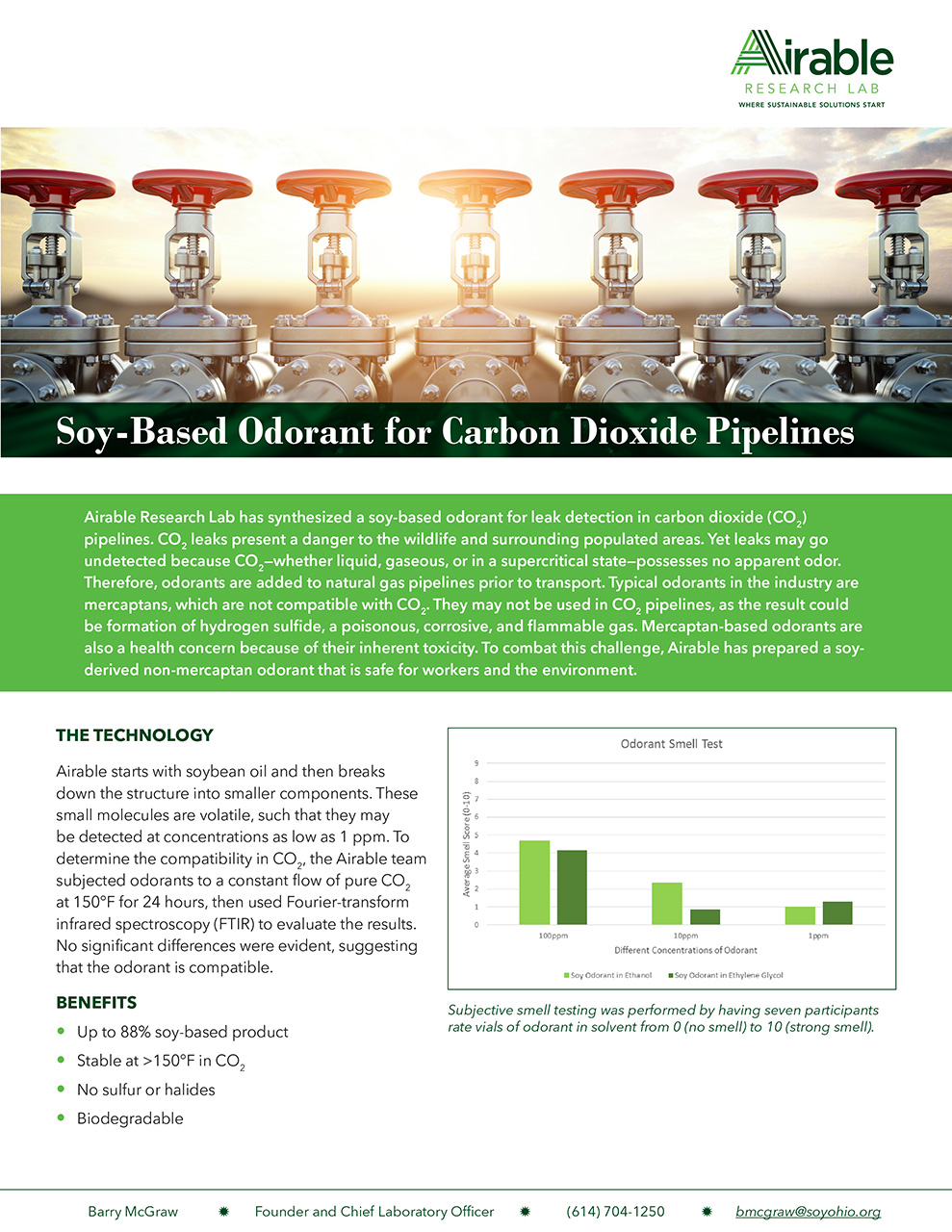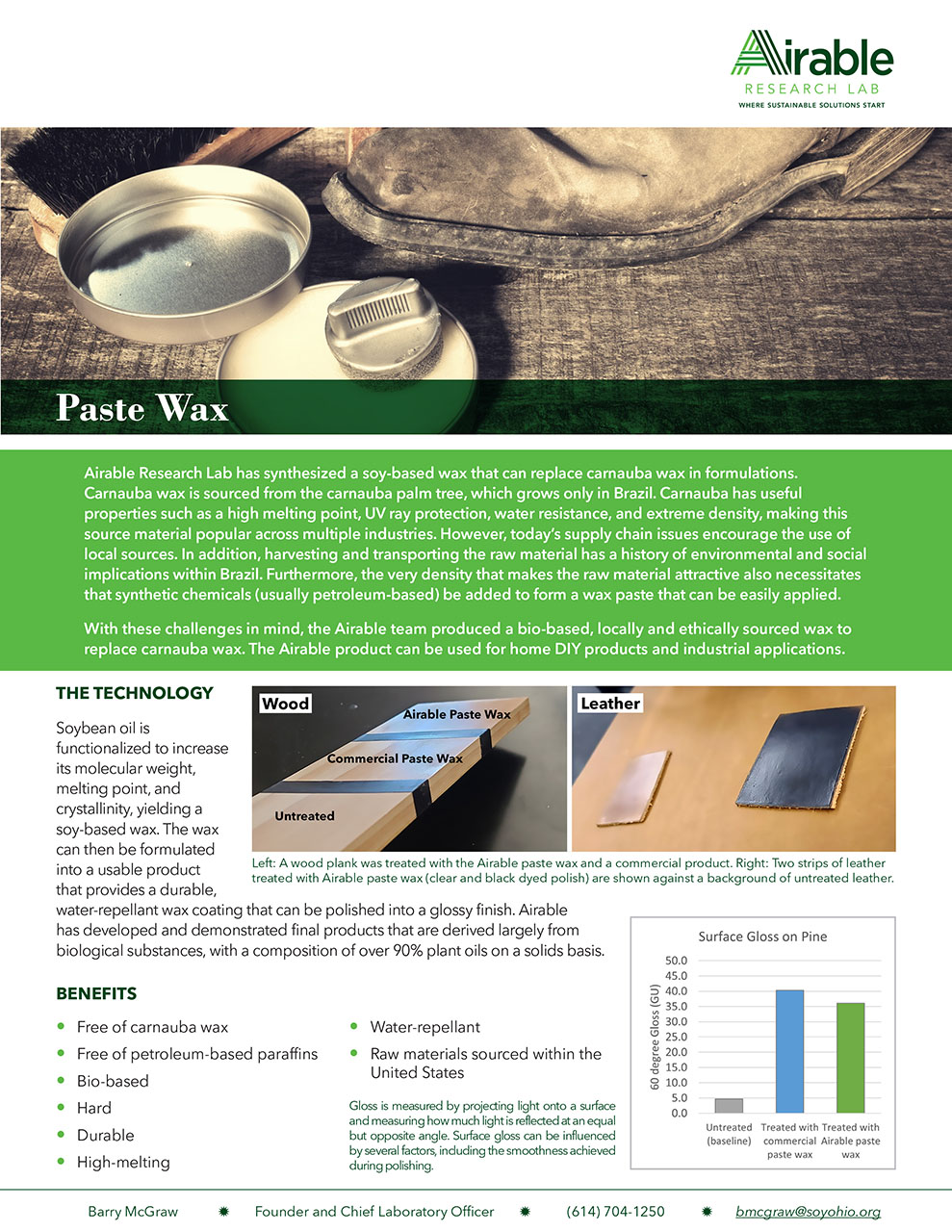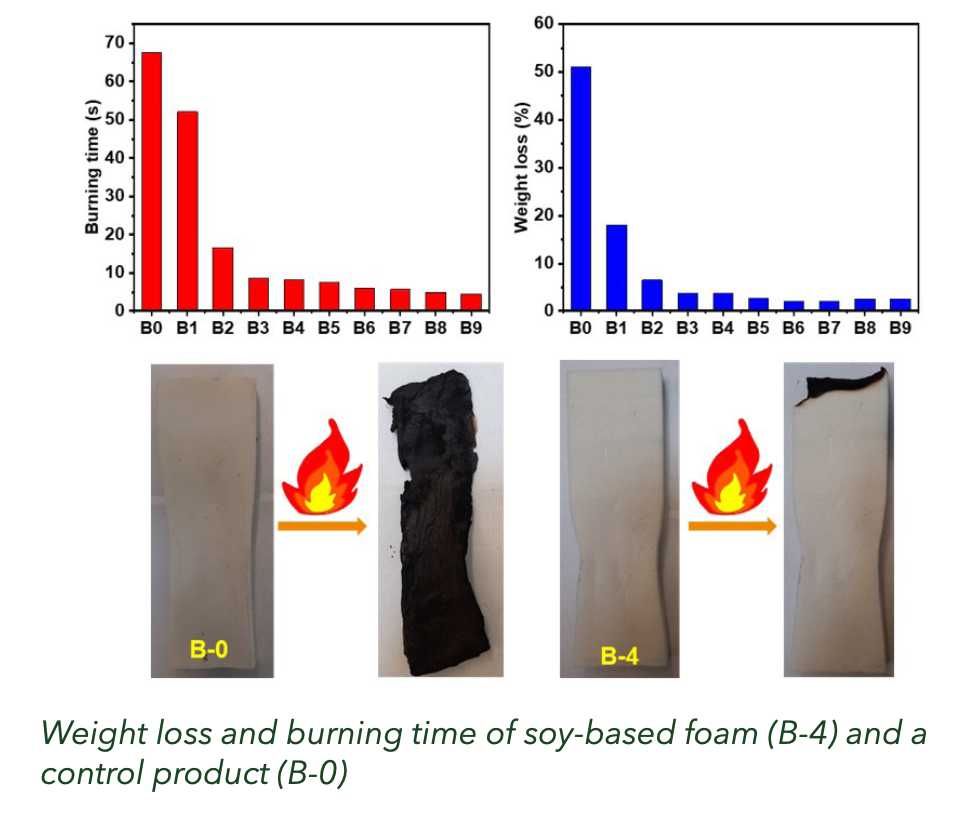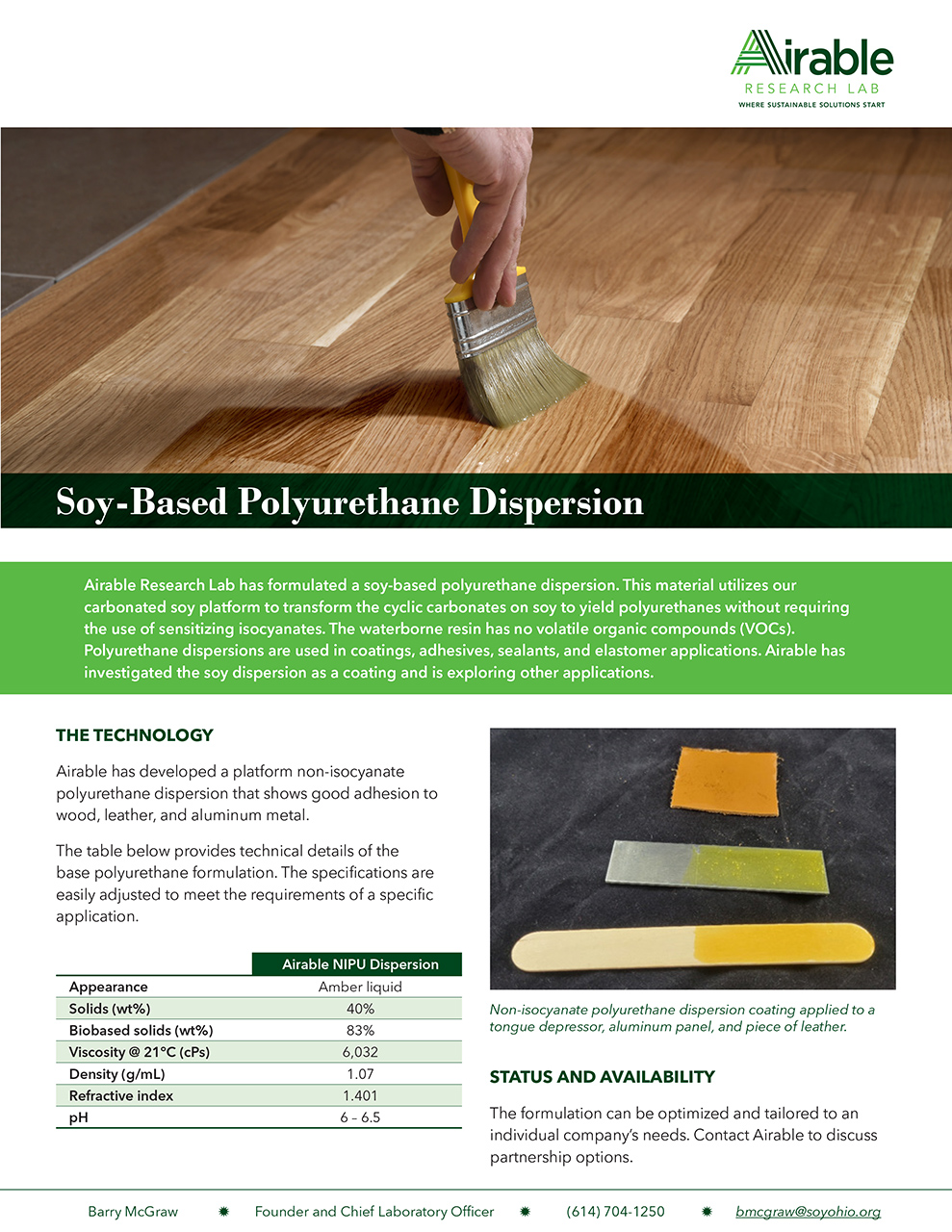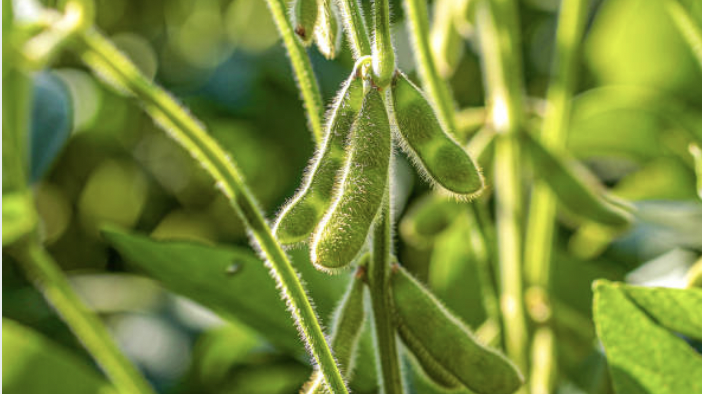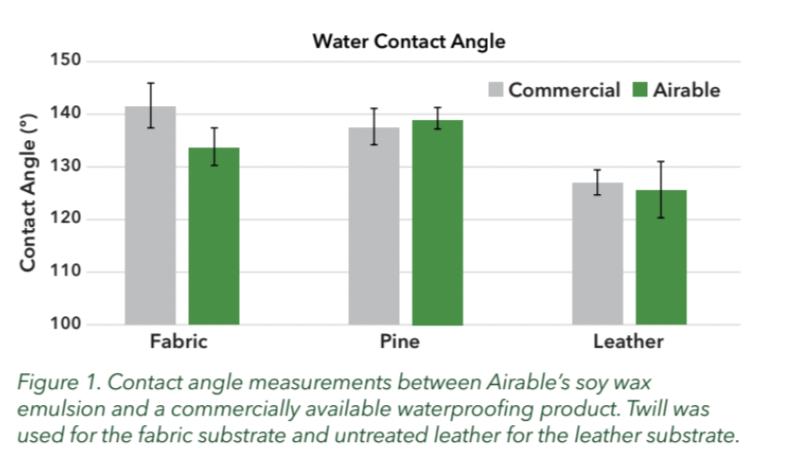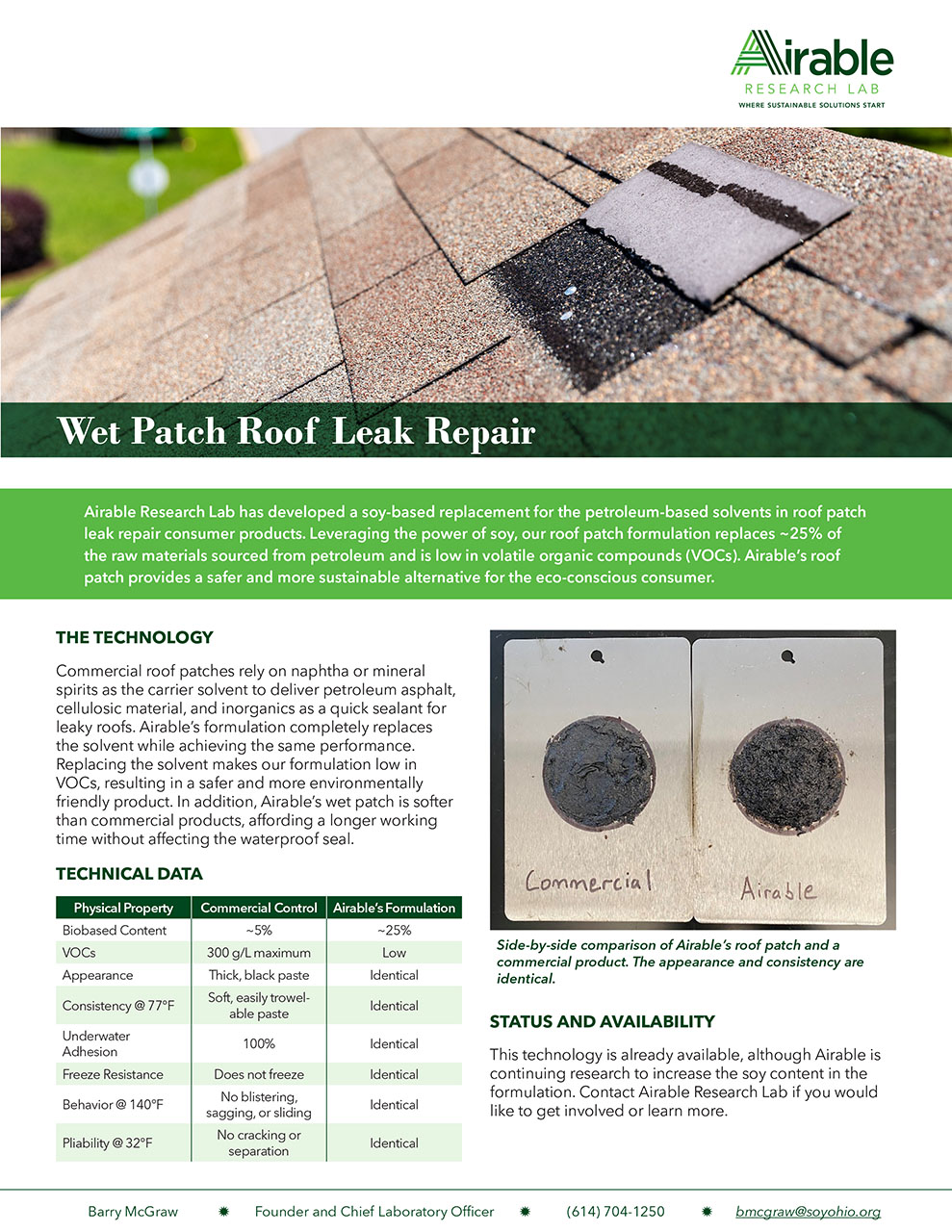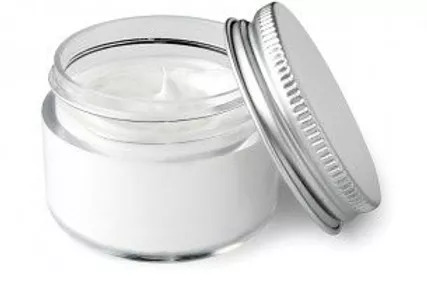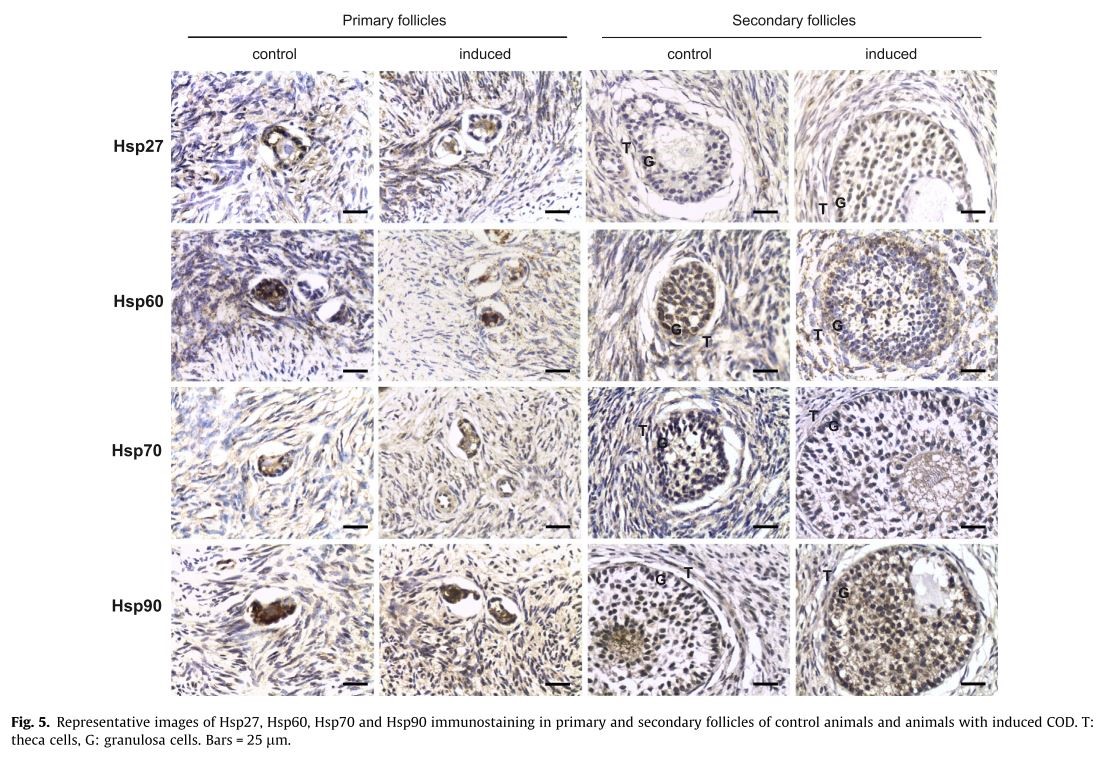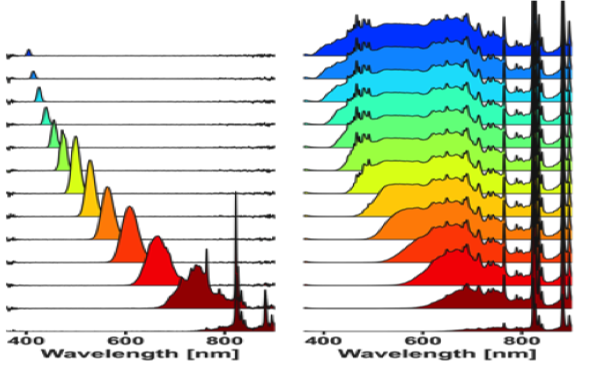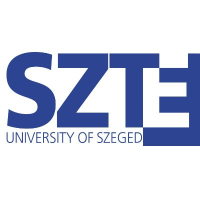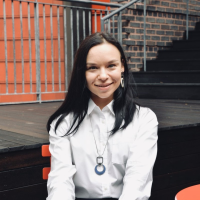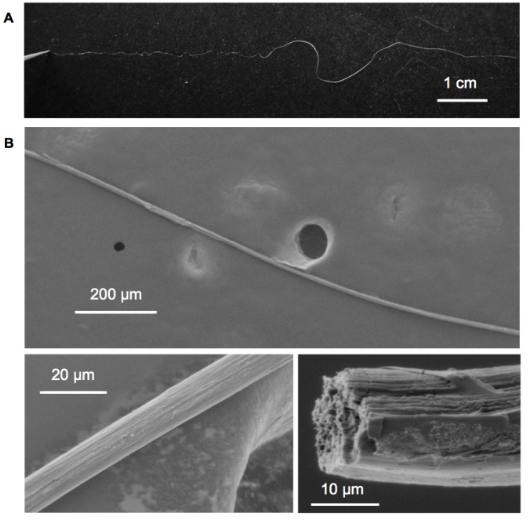Technology Offers Site map description
S
Universitat Politècnica de Catalunya - UPC posted this:
Solar desalination plant for sea water, waste water or brineA new system of seawater desalination has been developed, consisting of a solar heat collector made of a transparent film surface in a pyramidshaped tent and another dark one (to retain the maximum amount of heat) material inner truncated pyramid parallel to the former, generating a layer of heated air. Heat accumulates at the vertex, where high temperatures are achieved. This allows the evaporation of seawater injected by micronebulizers, resulting into moisture-laden air being pulled by a central axial tube leading to a 'cold spot' located underground. Here a network of galleries, filled with the stored water, provides cold temperature to dissipate heat and to condense the steam into pure water. Partners to further develop the technology and/or to establish commercial agreements along with technical cooperation are sought.Universidad de Alicante posted this:
Solar energy use for water potabilization by electrodialysisA Spanish research group owns the know-how for the desalination of saline water for human consumption or irrigation by means of systems of electrodialysis powered by photovoltaic solar energy. The main advantages are that it is non-polluting and has a low maintenance cost. The technology is fully developed and useful for organisations dealing with water supply problems. A partner to set up the electrodialysis-photovoltaic system in its facilities and/or carry out feasibility studies is sought. Innovative aspects: The desalination system makes use of renewable energy, so it is respectful with the environment and not contributing to the climatic change. Desalination system for remote areas with access to saline reservoirs, where the supply of electricity is particularly expensive or even non-existent, or for coastal zones where there are saline aquifers and the hydric resources are scarce.UNIVERSIDAD DE BURGOS posted this:
Solar trackers based on parallel kinematics for its integration into Smart GridsThe technology involves a machine that supports solar modules (photovoltaic, thermal or hybrid) increasing significantly its energy efficiency. The main feature of both solar trackers is its simplicity of the machine and its parallel kinematics working principle. Its structure provides a robust support and wider distribution of efforts and a great modularity. Thus, these systems adapt better to the geometric constraints for tilting and facing and restrictions of size and weight of the supporting structure.SUSANA CÁMARA DECIMAVILLA posted this:
Solid sensory film for in situ detection and quantification of Iron, Aluminium and MercuryThe development of simple, fast and inexpensive colorimetric sensors for timeless and in-situ detection of trace amounts of iron, aluminium and mercury in aqueous media by non-specialized personnel has become a major challenge, mainly because the presence or absence of these compounds can lead to a number of problems, e.g., contamination issues. As a result of the above described requirements, a new low cost polymer material has been developed and patented for the rapid visual colorimetric detection and quantification of iron, aluminium and mercury. A precise quantification of the species can be done in minutes using a picture taken with the camera of a mobile phone, and a broad quantification can be visually achieved.
CEO at UNIVERSIDAD DE BURGOSLaser Consult Ltd. posted this:
SolveAir UNI - air disinfectant device• SolveAir UNI is an air disinfectant device that uses the photocatalytic principle to neutralize airborne microbes. It does not produce ozone or emit harmful chemicals during operation, so people can safely stay in the same room while it is in use and not suffer any ill effects. • The device not only disinfects, but also deodorizes and eliminates unpleasant odors. • SolveAir UNI provides significant protection against droplet infection. • The device was created with continuous operation in mind. It has a low power consumption of 15W and can even be used in motor vehicles by connecting it to the cigarette lighter socket. • The device is targeted at small and medium businesses who want to guarantee the safety of their workers and clients. • We are looking for distributor partners for SolveAir UNI but we are also interested in transferring the technology to a reliable partner.Cracow University of Technology posted this:
SOLVENT-FREE METHOD FOR OBTAINING API UNDER MICROWAVE IRRADIATION (TRAZODONE, ARIPIPRAZOLE, ET AL.)The developed solvent-free technology allows API synthesis under microwave irradiation with high purity and efficiency in a very short time. Its advantages include the absence of toxic solvents, an easy way to isolate products from the reaction mixture, significantly reduce the amount of additional technological operations, reduce production costs and increase work safety. The technology can be used on an industrial scale.Andrew James posted this:
SouqBox - Giving clients the platform to create the defacto B2B market place for its sectorB2B Product companies still trade mostly offline - $6.7Tn annually. There is no easy way to go online for most of the smaller businesses in this category. SouqBox is the world's first dedicated B2B SAAS platform for the online journey. We say “Journey” because its customers can start by having a risk free, fully branded ecommerce platform with complete control over the trading models in less than 30 minutes. It’s self-serve and fully branded to the customers’ needs. And at a time that is appropriate for them, can have the same platform evolve into being a fully fledged market market place i.e. a platform where customers are able to access other suppliers. By becoming the defacto marketplace, and not just a shop window, a SouqBox client is able to generate incremental revenue streams from its competitor’s trading activity too - if it chooses to.
Managing Partner at Siskin CapitalCSIC - Consejo Superior de Investigaciones Científicas posted this:
Sowing deviceSowing device CSIC, through INIA-CSIC, has developed a manual device for sowing seeds in the laboratory for application in researches related to plant varieties. The device allows optimization of the sowing process, facilitating the homogeneous development of the crop and allowing the results obtained to meet with the objectives defined in the research. Companies from the agricultural sector interested in the development, manufacture and commercial exploitation of the device are sought. An offer for Patent LicensingAirable Research Lab, business line of Ohio Soybean Council posted this:
Soy - Based Leather ConditionerAirable Research Lab has formulated a soy-based leather conditioner that can extend the life of leather products. This eco-friendly treatment is as effective as its petroleum-based competitors.Airable Research Lab, business line of Ohio Soybean Council posted this:
Soy- based Diallyl Ether FormulationAirable has synthesized a replacement for the common reactive plasticizer diallyl phthalate (DAP). Diallyl phthalate is commonly applied as an additive in the production of unsaturated polyester resins, specifically fiberglass-reinforced composites. These composites are used in the manufacture of boats, pipes, and automotive parts. DAP may also be used as a crosslinker in rubber and PVC formulations to improve flexibility and durability. However, like most phthalates, DAPs are toxic to humans. Airable’s new chemical achieves the same allyl functionality without the hazards associated with the aromatic ortho diester associated with phthalates.Barry McGraw posted this:
Soy-Based Antistatic Additive (ASA) for Polyurethane CoatingsAirable has synthesized a soy-based antistatic additive (ASA) for polyurethane coatings, which are inherently electrically insulative. ASAs are added to materials to reduce or eliminate static electricity, which may be desirable for aesthetics, safety, or product performance, depending on the application. The Airable product has broad applicability, from painting in the house to industrial mold presses.
CEO at Airable Research Lab, business line of Ohio Soybean CouncilBarry McGraw posted this:
Soy-Based Cationic Surfactant with CO2 SequestrationAirable Research Lab has synthesized a bio-based cationic surfactant that can replace more toxic products. The Airable product provides a secondary environmental benefit: a unique technology that sequesters greenhouse gases by consuming CO2 in synthesis.
CEO at Airable Research Lab, business line of Ohio Soybean CouncilBarry McGraw posted this:
Soy-Based Corrosion Inhibitor for Ferrous MetalsAirable Research Lab has developed a soy-based additive that inhibits corrosion in water-based systems, showing as much as 89% corrosion inhibition in in-house studies. Corrosion inhibitors are necessary across industries, from manufacturing to construction, to protect metal equipment and materials from deteriorating. The Airable product, a bio-based formulation with 54% soy content, targets ferrous metals that can be found in oil-producing wellbores, water systems involving cooling tower evaporators, heating systems, and steam generators.
CEO at Airable Research Lab, business line of Ohio Soybean CouncilBarry McGraw posted this:
Soy-Based Epoxy Alternatives to BPA and Similar (Hazardous) Industrial FeedstocksAirable is developing a series of bio-based epoxy alternatives to hazardous industrial feedstocks, such as bisphenol-A (BPA), whose pervasiveness raises health concerns. Airable’s innovative bio-based chemicals are derived from soybean oil and use polyketonate functionality to grant reactivity similar to traditional aliphatic epoxies. Our environmentally friendly products may be formulated into adhesives, coatings, and composites for industrial and consumer applications.
CEO at Airable Research Lab, business line of Ohio Soybean CouncilBarry McGraw posted this:
Soy-Based Odorant for Carbon Dioxide PipelinesAirable Research Lab has synthesized a soy-based odorant for leak detection in carbon dioxide (CO2) pipelines. Typical odorants in the industry are mercaptans, which present a range of hazards and health concerns. The Airable product is safe for workers and the environment.
CEO at Airable Research Lab, business line of Ohio Soybean CouncilBarry McGraw posted this:
Soy-Based Paste Wax to Replace CarnaubaAirable Research Lab has synthesized a soy-based wax that can replace carnauba wax in formulations. Carnauba wax is sourced from the carnauba palm tree, which grows only in Brazil. Carnauba has useful properties such as a high melting point, UV ray protection, water resistance, and extreme density, making this source material popular across multiple industries. However, today’s supply chain issues encourage the use of local sources. In addition, harvesting and transporting the raw material has a history of environmental and social implications within Brazil. Furthermore, the very density that makes the raw material attractive also necessitates that synthetic chemicals (usually petroleum-based) be added to form a wax paste that can be easily applied. With these challenges in mind, the Airable team produced a bio-based, locally and ethically sourced wax to replace carnauba wax. The Airable product can be used for home DIY products and industrial applications.
CEO at Airable Research Lab, business line of Ohio Soybean CouncilBarry McGraw posted this:
Soy-Based Polyols for Flame-Retardant PolyurethanesResearchers have demonstrated the use of soybean oil in developing eco-friendly, flame-retardant polyurethane (PU) foams. PU foams are overtly flammable, and when they combust (or decompose), they form carbon monoxide, hydrogen cyanide, and other toxic products. Researchers developed soy-based polyols to replace traditional petroleum-based polyols, used the soy-based polyols to develop several foams, and tested their combustion behavior. Results indicate a quality product.
CEO at Airable Research Lab, business line of Ohio Soybean CouncilBarry McGraw posted this:
Soy-Based Polyurethane DispersionAirable has formulated a soy-based, non-isocyanate polyurethane dispersion that shows good adhesion to wood, leather, and aluminum metal. The waterborne resin has no volatile organic compounds (VOCs). Airable has investigated the soy dispersion as a coating and is exploring other applications such as adhesives, sealants, and elastomers.
CEO at Airable Research Lab, business line of Ohio Soybean CouncilBarry McGraw posted this:
Soy-Based Shrinkage Reducing AdditiveAirable Research Lab has synthesized a soy-based shrinkage-reducing additive (SRA) for concrete that can replace petroleum-based SRAs in formulations.
CEO at Airable Research Lab, business line of Ohio Soybean CouncilBarry McGraw posted this:
SOY-BASED SURFACTANTSBattelle, in partnership with the Ohio Soybean Council, has developed a soy-based alternative and is looking for a commercial partner to license the technology. The global surfactant market is set to grow at about 4.6% through 2023, when it will reach $1.09 billion.*
CEO at Airable Research Lab, business line of Ohio Soybean CouncilAirable Research Lab, business line of Ohio Soybean Council posted this:
Soy-based Waterproofing Wax EmulsionAirable Research Lab has formulated a soy-based wax emulsion for all waterproofing applications. Water-repellant coatings are important for outdoor clothing and equipment. Textiles for outdoor use (e.g., hiking and camping) are generally treated with a hydrophobic coating that, over time, loses its efficacy. Protective coatings can be reapplied, but the common ones include a silicone or fluorinated compound, both of which may release toxic chemicals. The Airable wax emulsion is bio - based. In addition, it provides protection after one simple spray application and subsequent drying.Barry McGraw posted this:
Soy-Based Wet Patch Roof Leak RepairAirable Research Lab has developed a soy-based replacement for the petroleum-based solvents in roof patch leak repair consumer products. Leveraging the power of soy, our roof patch formulation replaces ~25% of the raw materials sourced from petroleum and is low in volatile organic compounds (VOCs). Airable’s roof patch provides a safer and more sustainable alternative for the eco-conscious consumer.
CEO at Airable Research Lab, business line of Ohio Soybean CouncilBarry McGraw posted this:
Soy-PK: Bio-Based Alternative to Epoxy ResinsThe Soy-PK reactive oligomer cross-linker resin (Soy-PK) offers a practical, cost-effective drop-in replacement for epoxy resins containing bisphenol-A (BPA). Such resins are widely used in coatings, especially in metal beverage and food container coatings that present serious mutagenicity and health concerns. The new technology offers a viable option to displace fossil-based BPA-containing epoxy resins with a renewable source raw material, improving the industry’s environmental footprint.
CEO at Airable Research Lab, business line of Ohio Soybean CouncilBarry McGraw posted this:
Soybean Dermal Antioxidant CreamSoybean-oil-based antioxidant dermal care cream, enriched with Vitamin E, green tea extract, goji berry extract, and natural preservatives, provides a good shelf life without compromising anti-microbial/fungal properties.
CEO at Airable Research Lab, business line of Ohio Soybean CouncilLeading Biology posted this:
Special Functional Antibody ServiceFor different experimental uses of antibodies, to fully meet the customer's experimental needs, our technicians doing objective research for different purposes of each customer's experiment, trying to provide efficient and accurate antibody preparation technology services for customers with the most reliable qualities.
Business Development Manager at Leading BiologyUNIVERSIDAD DE BURGOS posted this:
Speciment for characterization tests under direct tension of concrete and other materialsResearchers from the University of Burgos, in collaboration with other research centers, have described a new invention that consists of the geometric definition of a specimen to carry out characterization tests of the tensile strength of concrete and other secondary binding materials, specific for the direct tensile test.Alfonso del Rey Pérez posted this:
Spectral shaper illumination deviceA new illumination device suitable for optical spectroscopic characterization of optical and/or optoelectronic materials and devices. The device can tune shape and intensity of light spectrum.
Technology Transfer Officer at ICMAB-CSICUniversity of Szeged posted this:
Speech Gap Test – novel automatic speech recognition of Mild Cognitive ImpairmentThe recognition of Mild Cognitive Impairment (MCI) is usually regarded as a prodromal stage of Alzheimer’s disease, which mental disorder may take years to develop and is really hard to diagnose therefore it is a really difficult task for the insurance company when they screen the health status of the potential customer. The existing diagnostic test procedures (MMSE, Clock-Drawing, ADAS-Cog) are not able to accurately recognize the subclinical phase of the MCI. The main problem in the diagnosis of MCI is that the current tests are very time and labor consuming, complicated, furthermore they can be applied only by experts and cannot be used as a screening test. However recent studies reported that MCI causes slight changes in the speech of the patient. The technology called Speech Gap Test is a mobile application developed by the researchers of the University of Szeged, which is able to help its users independent of their language and education to determine the chance of dementia with around 80-90 % accuracy by applying novel automatic speech recognition (ASR) using the latest deep learning technologies. It can inform the insurance company about the risk factor of dementia and also recommend visiting the nearest specialist to the patient in order to get proper diagnosis.Larisa Sheloukhova posted this:
Spider silk-based sustainable materialsBackground Spider silk, particularly dragline silk, has exceptional mechanical properties which make it an attractive source of natural fiber for different materials. Dragline silk is strong, tough, light, wettable, biodegradable and biocompatible. However, the adoption of spider dragline silk as a widely used natural material is hindered by its water sensitivity, i.e. embrittlement in dry environments, structure complexity, and unclear spinning mechanism of production. Attempts to produce synthetic spider silk are ongoing but large-scale manufacturing is still problematic. The present invention is a production method of artificial dragline silk using photosynthetic bacteria.
Global Tech Commercialization at Kyoto University

